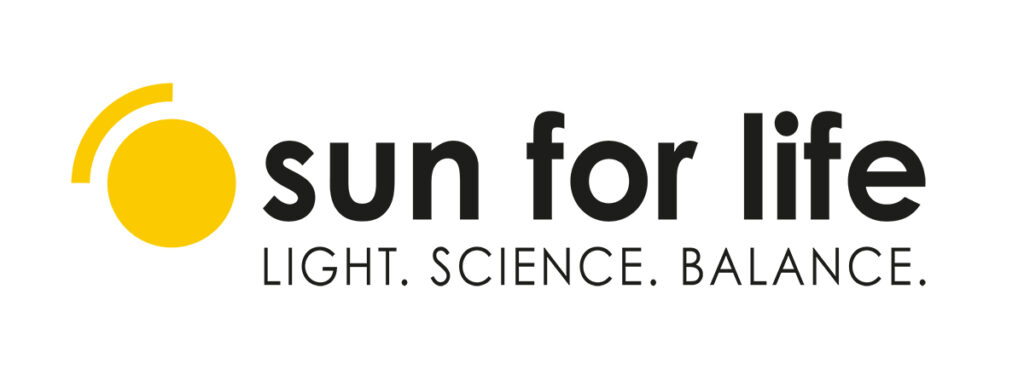The sun as natural support in treating depression and seasonal affective disorder (SAD)
Can sunlight boost your mood and help fight depression? Studies show that natural sunlight increases serotonin levels, regulates melatonin, and supports vitamin D production — all of which play a key role in mental health.
In this article, we explore how UV exposure affects mood, what seasonal affective disorder (SAD) is, and how to use sunlight to feel better.
Seasonal depression, also known as seasonal affective disorder (SAD), is a condition marked by a drop in mood during specific times of the year, most commonly in autumn and winter.
The main cause of SAD is insufficient exposure to sunlight, which disrupts our biological clock and affects the production of key mood-related hormones.
The role of sunlight in mood regulation:
Serotonin production
Sunlight stimulates the production of serotonin, a neurotransmitter responsible for mood regulation. Higher serotonin levels are linked with feeling happier and more emotionally stable. A lack of sunlight can lead to lower serotonin, which negatively affects our mood.Vitamin D synthesis
Exposure to UVB radiation is essential for vitamin D production. Low vitamin D levels have been linked to a higher risk of mood disorders, including depression. Vitamin D plays a significant role in brain function, and maintaining a healthy level may help protect against SAD.Melatonin regulation and circadian rhythm
Sunlight influences the secretion of melatonin, the hormone that regulates our sleep-wake cycle. Getting enough light during the day helps synchronise our internal body clock, which improves sleep quality and helps stabilise mood.
Symptoms of seasonal affective disorder (SAD)
SAD may manifest as:
- low mood
- increased sleepiness
- low energy
- cravings for carbohydrates
- trouble concentrating
The root cause is a lack of sunlight reaching the retina, which can lead to an overproduction of melatonin and a drop in serotonin levels.
Light therapy as a treatment
Light therapy involves regular exposure to bright artificial light that mimics natural sunlight. It is considered 50–70% effective*** in treating seasonal affective disorder.
Practical tips
- daily daylight exposure:
Spend time outdoors, especially in the morning. This helps naturally regulate your mood. - outdoor physical activity:
Exercising outside increases your exposure to light and boosts your mood through endorphin release. - using light therapy lamps:
During darker months, consider using lamps that simulate natural light to ease SAD symptoms.
Sunlight plays a crucial role in regulating mood and supporting mental well-being. A lack of light in autumn and winter can lead to seasonal depression, but conscious use of sunlight, along with light therapy, can help prevent and relieve symptoms.
By prioritising daylight exposure and outdoor activity, we can support our mental health and enjoy a better mood throughout the year.
Source: ***Source of data on light therapy effectiveness: – Marlena Sokół-Szawłowska Poradnia Przykliniczna Instytutu Psychiatrii i Neurologii w Warszawie Fototerapia, postęp zastosowań w psychiatrii i innych dziedzinach medycyny, Via Medica 2018: https://journals.viamedica.pl/psychiatria/article/download/56555/43633
